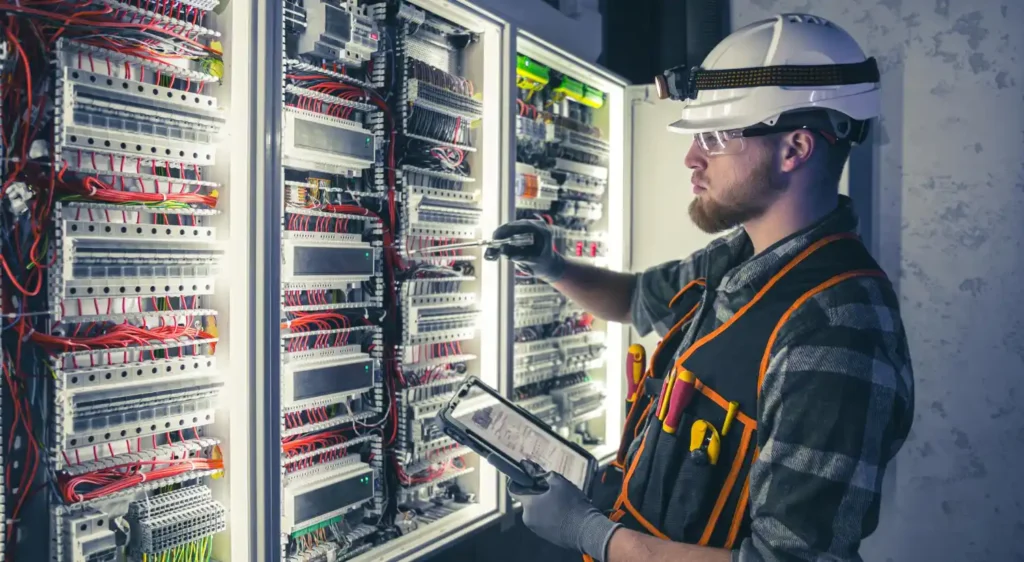On 10 November, Ofgem and the Department for Business, Energy and Industrial Strategy (BEIS) launched a joint call for evidence on the route map to a smart, flexible energy system. The industry has been expecting this consultation for some time, and recognises the opportunity it offers to address some of the issues surrounding our energy future. One particularly important area will be the ways in which the roles and responsibilities of different parties are evolving as flexibility increases and how to manage this transition in the most efficient way.
The rapidly increasing amount of renewable generation connecting to the distribution network, the uptake in electric vehicles and advances in technologies such as storage and demand-side response (DSR) are having a profound impact on all parts of our electricity system. Flexibility is crucial to delivering a low-carbon economy with affordable and secure energy.
In the networks sector we have recognised the need for flexibility to overcome the challenges associated with decarbonisation. The 28GW of generation now connected to the distribution network has required DNOs to move away from their traditional passive role and develop more active approaches to keep costs down for customers. With DNOs taking on an increasing number of system operation functions, we have already started to see the transition to a new distribution system operator (DSO) role.
Innovation projects funded through the Low Carbon Network Fund and RIIO have delivered vital technical understanding to allow DNOs to make significant progress towards a DSO role in a short space of time. Smart network solutions utilising storage and demand-side response are being rolled into business as usual for companies and have already enabled close to £1bn of cost savings for customers to be embedded within the current RIIO ED1 price control.
Although current regulations allow for some DSO activity already, there are challenges for network companies to scale up their operations to deliver the greater flexibility that will be necessary in the years ahead. The call for evidence will help address these challenges and ensure that the DSO transition can be encouraged in a way that benefits customers and aligns efficiently with other industry parties.
The DSO evolution cannot be viewed in isolation because it will have a significant impact across the system – and have implications for the way distribution operators interact with service providers and other parties. Over the past two years, Energy Networks Association and its members have been looking at one particular area of increasing interaction at the interface between the distribution and transmission networks.
Transmission and distribution network operators have already had to respond to the increase in DG connections by working more closely to address operational issues caused by an increasing amount of energy flowing back onto the distribution network and being exported onto the transmission network. Closer working and greater transparency will be required to meet the longer term implications of increased flexibility on the distribution network as DNOs procure more services consistent with the transition to DSO.
A Transmission Distribution Interface (TDI) Steering Group has been created by ENA to respond to these challenges across the short, medium and now long-term developments. The TDI group has made progress in resolving some of the more pressing operational interface challenges and the government’s call for evidence on flexibility will make an important contribution to some of the longer term considerations, including improved data exchange between parties, more co-ordination in forecasting, system operation, commercial arrangements and network charging.
The need to find efficient system solutions is a common thread which runs through this TDI work and will support a smart, flexible energy system. With so much transformation under way the challenge that is emerging is how to pull together all the different elements being considered into a co-ordinated framework for network planning and operation across transmission and distribution.
This will require difficult decisions, and solutions may not become clear for some time, but the call for evidence launched on 10 November and the work that comes out from it in 2017 has the potential to make a really important contribution to this effort.
